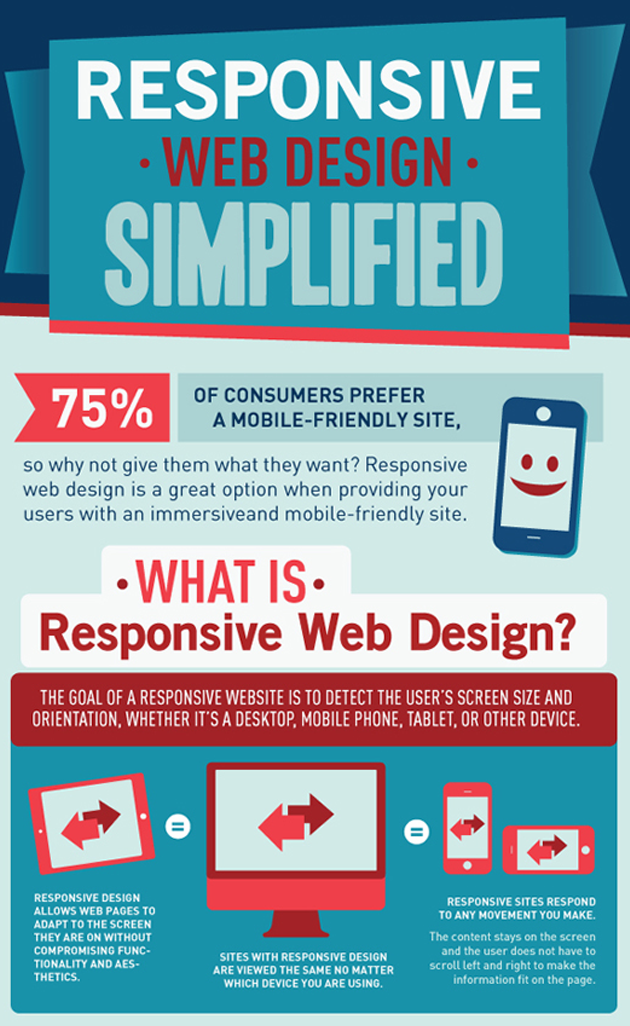The Advancement Of Website Design: Then And Now
The Advancement Of Website Design: Then And Now
Blog Article
Short Article By-Thorsen Lunde
In the past, internet sites were simple and concentrated on information. Navigating was direct, and layout was for desktop computers. Now, user experience is vital. https://www.google.com/maps/place/Moon+and+Owl+Marketing/@32.9757271,-106.5344695,1840583m/data=!3m1!1e3!4m6!3m5!1s0x864ddeaa4179705b:0x488d41d2cc6b9750!8m2!3d32.9757271!4d-97.5696258!16s%2Fg%2F11b6mpccrg?entry=ttu&g_ep=EgoyMDI1MDIxMS4wIKXMDSoJLDEwMjExNDUzSAFQAw%3D%3D overviews designs for easy navigation. Receptive layouts fit various devices. Today, dark setting decreases pressure, and minimalist food selections improve navigation. Interactive attributes engage individuals, and vibrant visuals stand out. AI combination boosts interaction. See how layout has advanced to boost your on the internet journey.
Early Days of Website Design
In the early days of website design, simplicity reigned supreme. Internet sites were basic, with restricted shades, fonts, and designs. The focus got on supplying details instead of fancy visuals. Individuals accessed the web with slow dial-up connections, so rate and performance were key.
Navigation menus were straightforward, normally located on top or side of the web page. Web sites were designed for desktop, as mobile browsing wasn't yet common. Web content was king, and designers prioritized easy readability over complex layout elements.
HTML was the main coding language made use of, and developers had to work within its constraints. Animations and interactive attributes were very little contrasted to today's criteria. Sites were fixed, with little dynamic content or tailored customer experiences.
Increase of User-Focused Design
With the evolution of website design, a shift towards user-focused layout concepts has become progressively popular. Today, creating web sites that focus on user experience is vital for engaging site visitors and accomplishing service objectives. User-focused layout includes recognizing the needs, preferences, and behaviors of your target audience to tailor the site's format, material, and includes as necessary.
Designers currently conduct extensive research study, such as user studies and usability screening, to collect insights and feedback straight from customers. This data-driven technique helps in producing instinctive navigation, clear calls-to-action, and visually appealing user interfaces that reverberate with site visitors. By placing the individual at the center of the design process, web sites can provide a much more personalized and delightful experience.
Receptive layout has actually likewise emerged as a vital aspect of user-focused style, guaranteeing that sites are maximized for numerous devices and screen dimensions. This adaptability improves availability and use, satisfying the varied methods users engage with web sites today. In essence, the rise of user-focused style signifies a shift towards producing digital experiences that prioritize the requirements and assumptions of completion individual.
Modern Trends in Web Design
Discover the most up to date trends forming web design today. One noticeable fad is dark setting style, offering a streamlined and modern-day look while reducing eye pressure in low-light settings. Another vital fad is minimal navigation, streamlining menus and improving individual experience by concentrating on essential elements. Incorporating micro-interactions, such as animated buttons or scrolling results, can create a more interesting and interactive website. Responsive layout remains important, making certain smooth user experiences throughout different devices. Furthermore, using strong typography and unbalanced formats can include visual rate of interest and accentuate certain web content.
Incorporating AI technology, like chatbots for consumer assistance or individualized recommendations, boosts customer interaction and simplifies processes. Accessibility has also come to be a considerable fad, with developers prioritizing comprehensive style techniques to deal with varied customer requirements. Welcoming sustainability by optimizing internet site performance for rate and efficiency is an additional emerging fad in website design. Teaming up with customer comments and data analytics to iterate and enhance design continuously is important for staying pertinent in the ever-evolving digital landscape. By welcoming these modern trends, you can develop a visually attractive, easy to use website that reverberates with your audience.
Final thought
As you assess the evolution of website style from the early days to now, you can see exactly how user-focused design has actually ended up being the driving pressure behind modern trends.
Accept the trip of modification and adaptation in web design, constantly keeping the customer experience at the leading edge.
Keep current with the latest trends and modern technologies, and never ever quit advancing your strategy to create aesthetically sensational and straightforward internet sites.
Advance, adjust, and develop - the future of web design remains in your hands.
